THE CITY OF WONDERS
A Souvenir of the World’s Fair.
BY
MARY CATHERINE CROWLEY
CHAPTER 1. OFF FOR THE CITY OF WONDERS
[For other installments of our serialization of The City of Wonders (1894), see the Table of Contents]
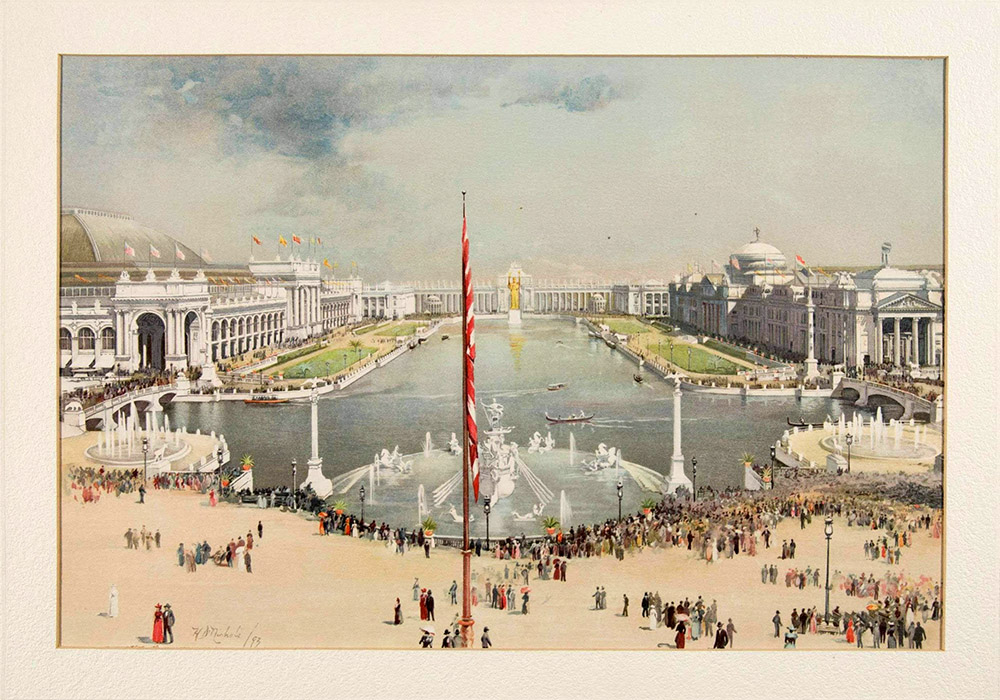
The Court of Honor of the 1893 World’s Columbian Exposition, facing east. [Image from Bancroft, Hubert Howe The Book of the Fair. The Bancroft Company, 1893.]
“I wish we could go to the World’s Fair,” said Aleck, who, seated at the top of the steps, was busy with his fishing-tackle.
“Well, we cannot,” replied his sister Nora, swinging indolently to and fro in the hammock.
“Perhaps father and mother may go; and father says he would like to take us if he could afford it. What differences there are in the world! “she continued, discontentedly. “Here we cannot have this little trip, and yet our cousins, the Colvilles, are travelling all over Europe. How I wish we were as well off as they are!”
“But we are better off, for they have no mother,” interposed gentle Ellen, who, at a rustic table, was arranging several vases of flowers to be placed about the house.
“I meant if we were only as rich as they,” explained Nora; but somehow the little feeling of envy which had arisen in her heart died away, as there came to her suddenly a sense of the blank there would be in her life if she had not her mother to turn to in her small troubles, as well as in her careless happiness; and she vaguely felt that there are indeed different kinds of riches, and many things that money cannot buy. She sighed impatiently, however, and catching up her hat which had fallen to the ground, concluded: “I believe I’ll go up to the tennis-court. Some of the girls will be sure to be there; and I might as well have a game as dally around here all the morning.”
The family were at luncheon when she returned.
“I stopped at the post-office, mother,” she said; “and here is a letter for you.”
“From Uncle Jack!” cried Mrs. Kendrick, breaking the seal, and adding presently: “It contains grand news for all of you. Uncle Jack will be here on Monday, and he invites you young folk to visit the World’s Fair with him.”
“Hip-hip-hooray!” exclaimed Aleck.
Nora looked dazed, as if she could hardly realize that what they had wished for so much was really about to happen.
“Do let me see what he says,” she asked, impulsively.
Mrs. Kendrick laughed and handed her the letter, which she proceeded to read aloud, amid many interruptions in the way of delighted comments.
Even Ellen was aroused from her usual quiet pleasure in whatever was going on, and became excited and enthusiastic.
The following days were devoted to preparation, and when Uncle Jack arrived he found his nieces and nephew ready for the journey. Uncle Jack Barrett was Mrs. Kendrick’s brother, and the children called him an old bachelor, although he was not really old.
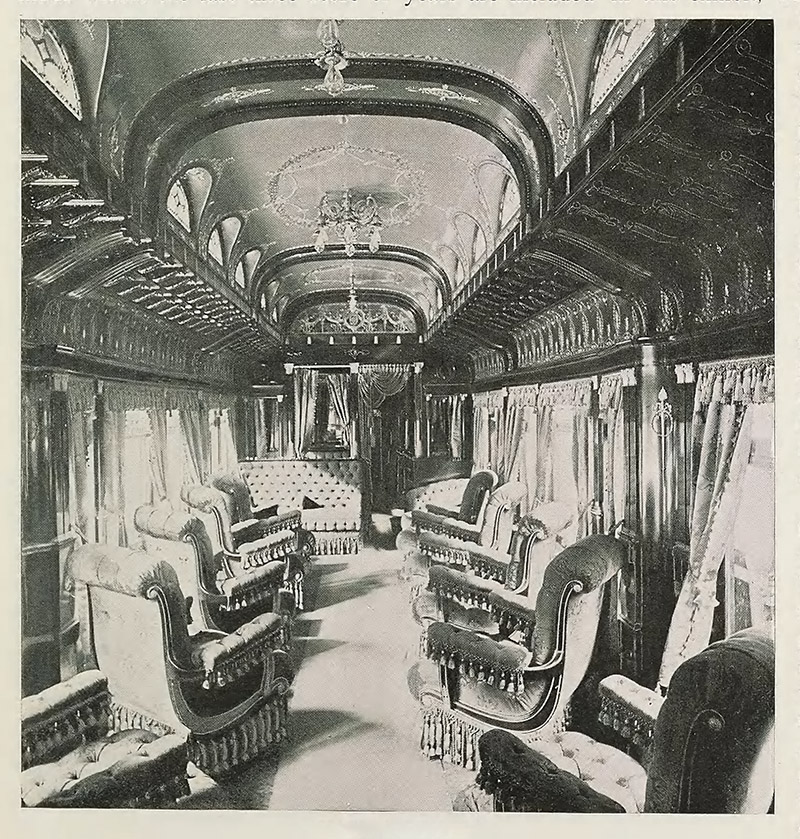
Train travel to Chicago in 1893 could be done in luxury. [Image from Bancroft, Hubert Howe The Book of the Fair. The Bancroft Company, 1893.]
“Why, it is a kind of royal establishment on wheels!” remarked Nora.
“And you are the prince and princesses off for a lark; while I am the majordomo, or master of the revels,” said Uncle Jack.
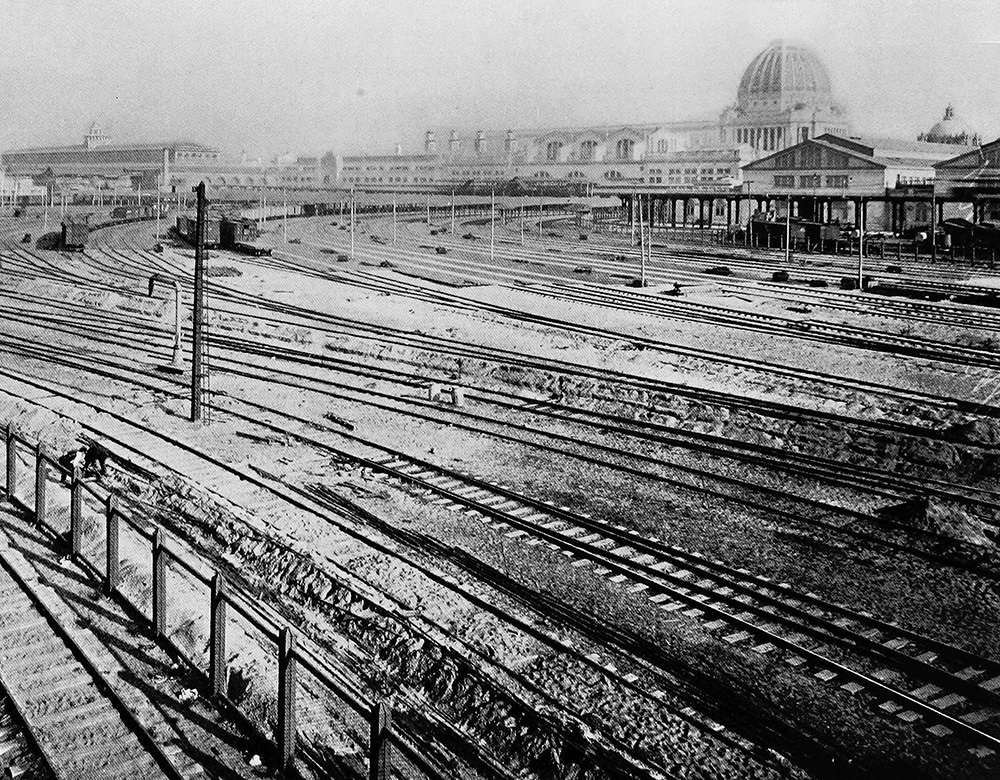
Illinois Central railroad tracks running into the White City of the World’s Fair. [Image from Johnson, Rossiter A History of the World’s Columbian Exposition Volume 1 – Narrative. D. Appleton and Co., 1897.]
“How lovely!” cried Nora and Ellen in a breath.
“By jingo, it beats all my expectations, and I am sure that is saying a great deal!” ejaculated Aleck.
“The Exposition may well be called the City of Wonders,” said Ellen: “What a great place it is, with its many streets and the throngs of people walking about! How bright and gay everything looks! See the flags flying! And-listen! Don’t you hear the music of the bands?”
“Yes, it is a city without one dark corner; almost unreal in its beauty; built as it were of snow and sunshine,” Mr. Barrett rejoined meditatively.
“Ah, this I know is the Midway Plaisance!” announced Aleck, leaning out of the window to look down into the long avenue, of which there was a good view from the railroad.
“The Plaisance is without doubt the most curious thoroughfare on the globe,” said Uncle Jack; “for here are to be met representatives of all the races–black, brown, white, yellow and red, –from the Esquimaux of the Arctic regions to a Dahomey village from the equator.”[2]
“I should like to jump right down into the midst of it all,” began Aleck.
“I dare say you would land on top of that queer Oriental pagoda, or break through the roof of one of those tropical looking huts,” laughed Nora.
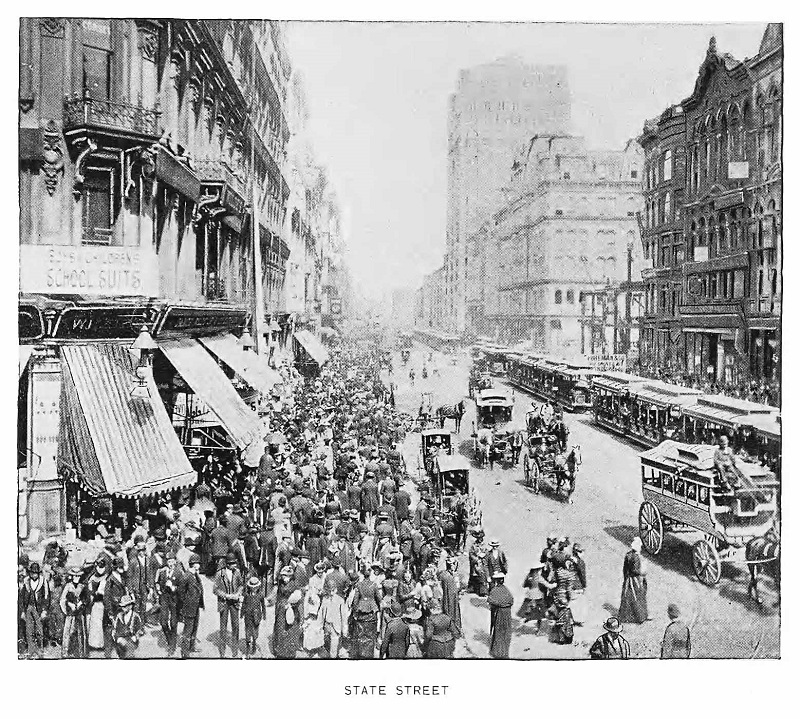
The bustle of State Street in downtown Chicago, 1893. [Image from Bancroft, Hubert Howe The Book of the Fair. The Bancroft Company, 1893.]
“Gracious! This hurry, hurry everywhere makes one feel so helpless,” Ellen sighed. “It is worse than New York.”
They were amazed to behold street after street, anyone of which might be mistaken for the great main artery of commercial life; and the sight of so many tall buildings, some numbering eighteen stories in height, greatly astonished them.[3]
Notwithstanding their interest in everything they saw, Nora and Ellen were glad when they reached the hotel.
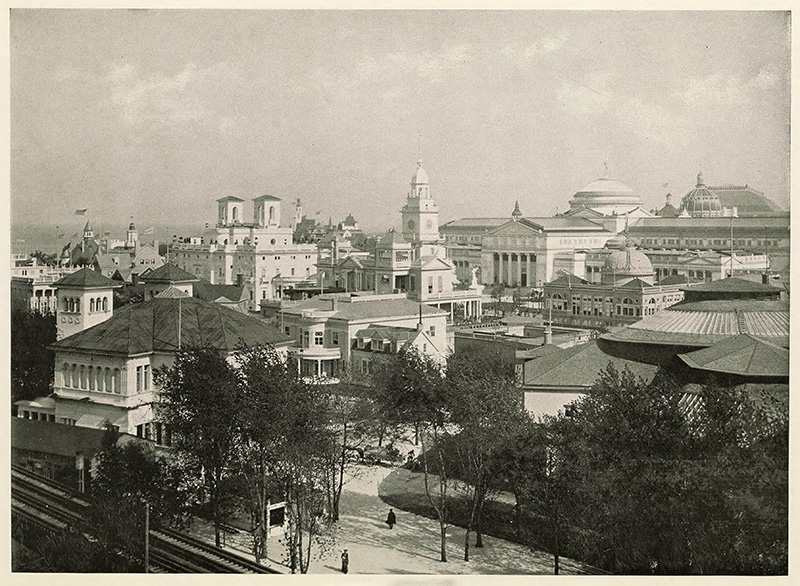
A view of the state buildings on the north end of the fairgrounds, looking south. [Image from Bancroft, Hubert Howe The Book of the Fair. The Bancroft Company, 1893.]
“Opposite is the electric elevated railway, the first ever built. It runs from station to station within the grounds and is called the Intramural,” explained Uncle Jack. “Would you not like to ride on it to the point at which we are aiming?”
“Oh, no!” protested the girls. “There is so much to be seen at every step, we would rather walk.”
“You will perhaps be of a different opinion tomorrow,” replied he. “But by going afoot you will certainly soon get an idea of the extent of the grounds, which are four times the size of those of the great Paris Expositions of 1878 and 1889.[1] First, you observe, we come to the State Buildings. We cannot stop to inspect them now, but we will go a little out of our way to get a glimpse of the most noted ones. That clock is upon the Pennsylvania Building, which is a reproduction of old Independence Hall in Philadelphia, where the Declaration of Independence was signed, and from the tower of which the freedom of the United States was proclaimed. Beyond it is the costly edifice erected by the State of New York. It is built upon the plan of an ancient Knickerbocker residence, which was for years one of the historic landmarks of the Empire City. A little farther on, you see the headquarters of Massachusetts, modeled after the Hancock House, Boston, where Dorothy Hancock gave her famous reception to the officers of the French fleet. The State Buildings, you understand, are intended to serve as headquarters and furnish pleasant resting and meeting places for the people of the respective States who visit the Fair, and also for special exhibits. You will see the names on the flags floating above them, and also over the doors.”
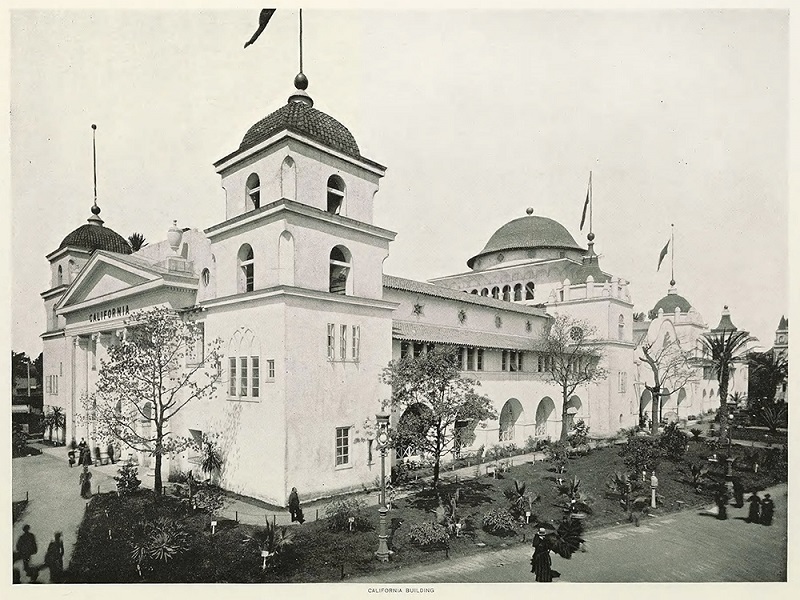
The California Building. [Image from Bancroft, Hubert Howe The Book of the Fair. The Bancroft Company, 1893.]
“It is the California Building,” returned her uncle; “and was made to resemble as much as possible the old adobe missions, or monasteries, of the Jesuit and Franciscan missionaries, who, you know, first penetrated into that then unknown land from Mexico, Christianized the Indians, and taught them to cultivate the wilderness. The towers upon the four corners are named after the mission belfries, and in them swing some of the ancient bells brought from Spain more than two centuries ago,¾the bells which perhaps within the vast territory now known as the United States, first awoke the echoes of mountain or woodland, and broke the silence of the valleys, with the music of the Angelus chimes.”
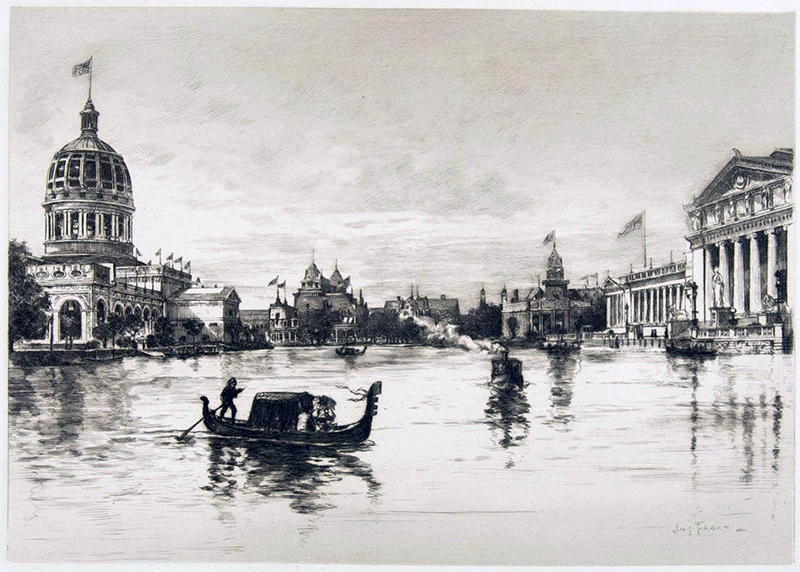
An artist’s rendering of the view across the north lagoon of the Illinois Building (left) and Palace of Fine Arts (right). [Image from Bancroft, Hubert Howe The Book of the Fair. The Bancroft Company, 1893.]
They had now reached the Lagoon, a limpid lake with a wooded island in its midst, like an emerald set in crystal.
Here Ellen began to show signs of flagging.
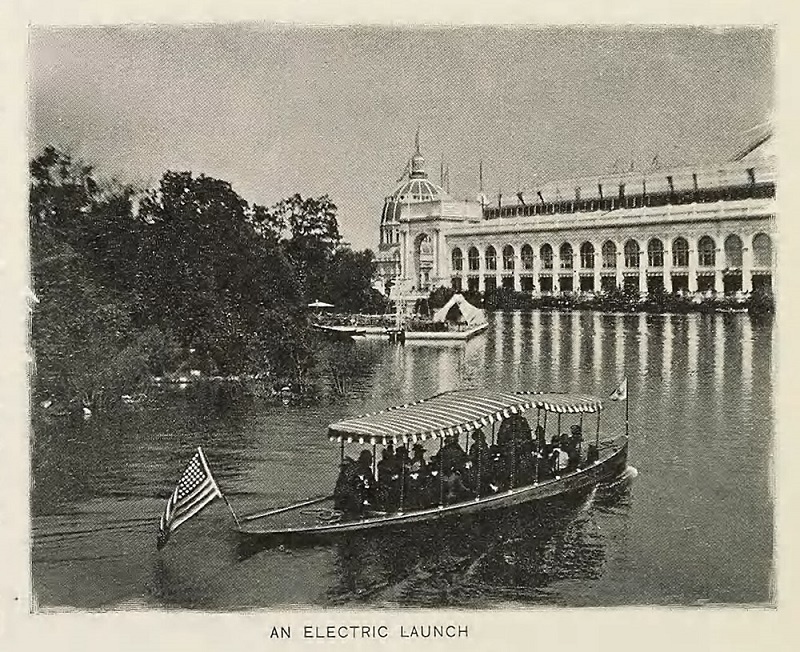
An electric launch takes visitors on a relaxing tour around the Lagoon. [Image from Bancroft, Hubert Howe The Book of the Fair. The Bancroft Company, 1893.]
They waited at the water’s edge, and soon a small launch, with a gay awning, glided up, took them on board, and then continued swiftly and noiselessly upon its course.
“What a remarkable little craft!” said Aleck. “I see no steam-power, and it has neither sails nor rowers. What makes it go?”
“Electricity,” answered his uncle. “Its only machinery is an electric battery. Perhaps we shall soon have great ships like the Campania propelled by the same force.”[5]
Seen from the water, the marble-like palaces on every side seemed even fairer than before. New and more majestic ones came into view at every turn of the Lagoon.
“Could there be a lovelier scene!” exclaimed Nora.
“It is hard to imagine one,” responded Mr. Barrett. “Yet, look now!”
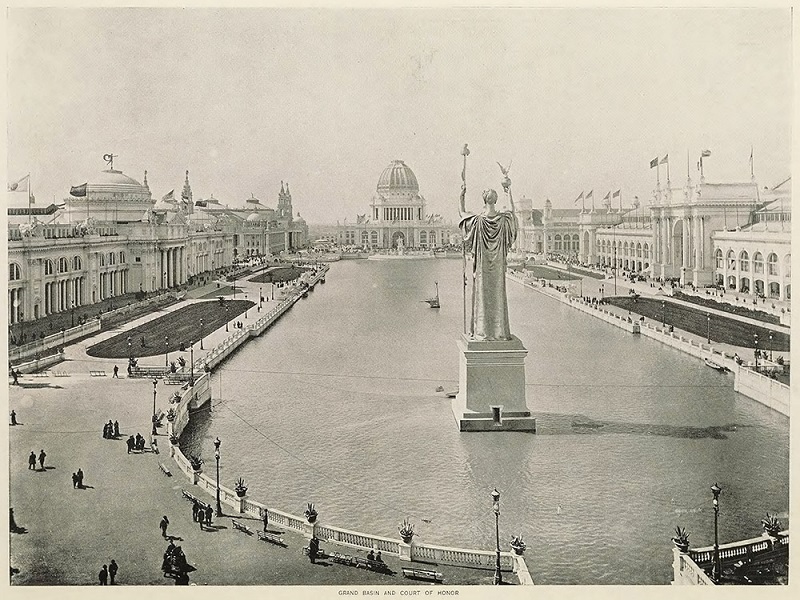
The Court of Honor and Grand Basin facing west. [Image from Bancroft, Hubert Howe The Book of the Fair. The Bancroft Company, 1893.]
“This Court is the centre of the beauty and magnificence of the Exposition,” said Uncle Jack.
“Is it not all like a dream city?” murmured Ellen. “I am almost afraid of awaking and seeing it dissolve into air. It seems as if it must have been conjured up by some poet’s imagination or some magician’s skill.”
“Well, it was not, it was built by plain, everyday workmen; and there is not the least danger of its fading away, so you need not be anxious,” bluntly retorted her brother.” It is a picture that a fellow can never forget, though” he added, appreciatively.
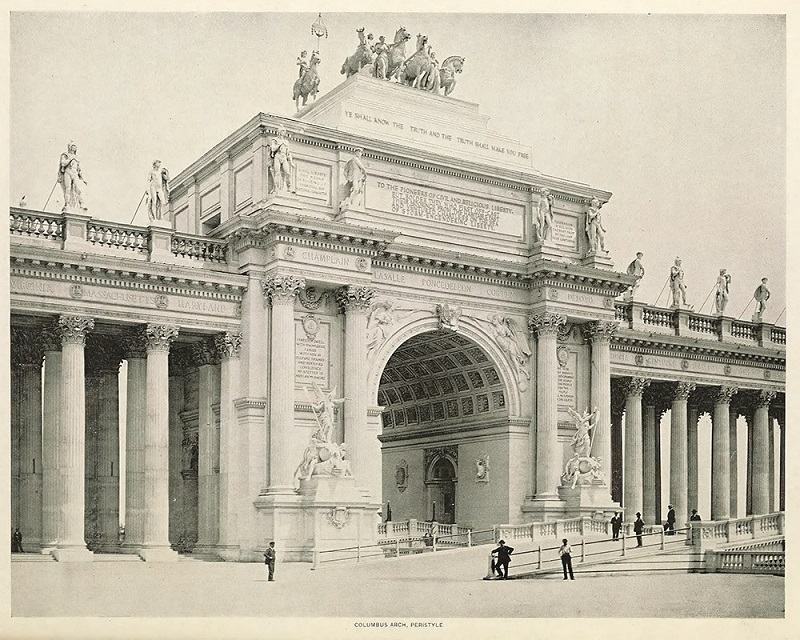
The Peristyle and the Columbus Quadriga statue by Daniel Chester French and Edward Potter. [Image from Bancroft, Hubert Howe The Book of the Fair. The Bancroft Company, 1893.]
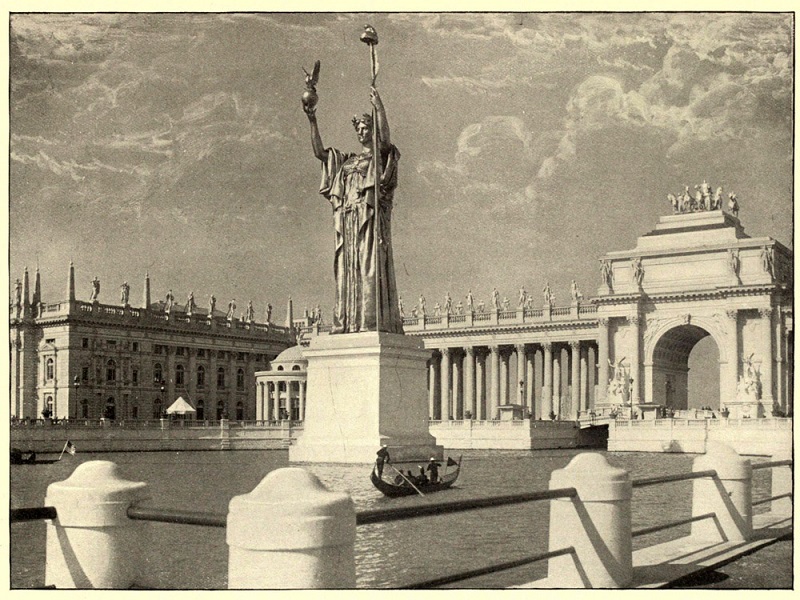
The golden Statue of the Republic by Daniel Chester French standing in the east end of the Grand Basin. [Image from Shepp, James W.; Shepp, Daniel B. Shepp’s World’s Fair Photographed. Globe Bible Publishing, 1893.]
“I read somewhere that her ladyship is sixty-five-feet tall, and her nose thirty inches long” said Aleck. “Honest and true!” he went on, as the girls giggled incredulously. “The account said too, that she could hold all four of us in her hand.”
“I do not believe there was a word about us,” declared Nora, mockingly.
“Well, four persons, I mean” he corrected, “and that she would require a ring ten inches in diameter to fit her finger.”
“What a giantess!” laughed Ellen. “Is that the Manufactures and Liberal Arts Building at the left, Uncle?”
“Yes,” was the reply. “It covers thirty acres of ground. Here are gathered some of the finest exhibits of foreign countries and the United States. Beyond it are the Electricity and Mining Buildings, and on the opposite side of the quadrangle those devoted to Machinery and Agriculture. Turn now and look across the water to the end of the Lake opposite to the Peristyle. There is the Administration Building, which you will perhaps consider the most beautiful of the group, because of its graceful outlines and majestic, gilded dome. It completes, you see, the Grand Court of Honor. In front of it, rising out of the Lake, is the Columbia Fountain.”
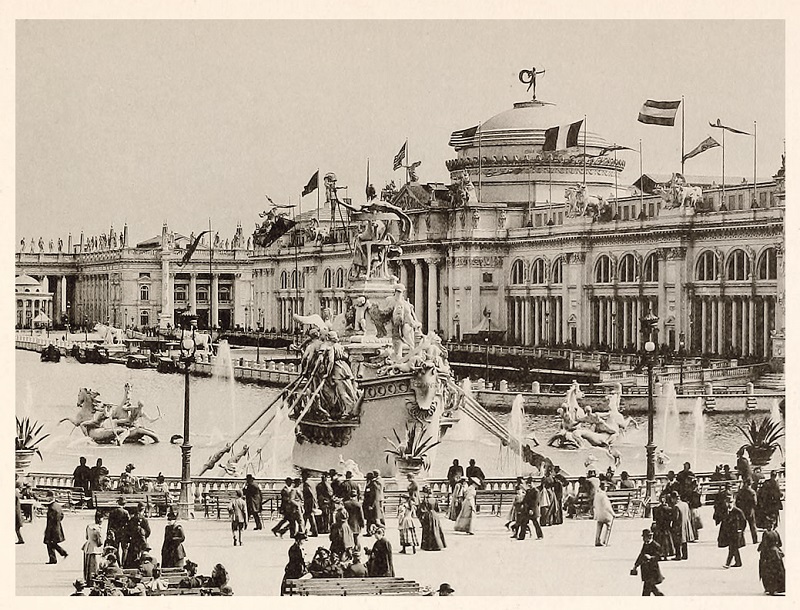
The Columbia Fountain by Frederick MacMonnies. [Image from Bancroft, Hubert Howe The Book of the Fair. The Bancroft Company, 1893.]
“I suppose those are the much talked of electric fountains on either side of it,” said Aleck.
His uncle nodded in assent, adding:
“They throw streams of water one hundred and fifty feet high, and of all the colors of the rainbow; but they can be seen to advantage only in the evening.”
Alighting from the boat, our friends now ascended the terrace to the walks of the Court of Honor, and wandered on, delighted with the beauty of the scene.
[The children’s first destination among the splendors of the great White City is “the heart and soul of the Exposition” Where is it? Find out in Chapter 2 of The City of Wonders.]
NOTES
[1] “four times the size of those of the great Paris Expositions of 1878 and 1889” At 690 hectares, the World’s Columbian Exposition of 1893 was more than seven times larger than the Exposition Universelle fairs held in Paris in 1878 (75 hectares) and 1889 (96 hectares).
[2] “the Esquimaux of the Arctic regions” The Esquimaux Village display was not in the Midway Plaisance, but nearby in the northwest corner of Jackson Park. Many commentators, however, used the term Esquimaux to describe the inhabitants of the Lapland Village on the Midway.
[3]“so many tall buildings, some numbering eighteen stories in height” Among the tallest Chicago skyscrapers in 1893 were the twenty-one-story Masonic Temple (Burnham & Root, 1892) and the sixteen-story Monadnock Building (Burnham & Root, 1891; Holabird & Roche, 1893).
[4]“we must have trudged a mile already” The walking distance straight from the 57th Street entrance to the Lagoon near the Illinois Building is less than half a mile. Perhaps the party wandering among the state buildings along the way.
[5] “great ships like the Campania” The RMS Campania was a British ocean liner, the largest and fastest in the world when she began service in 1893.
[6] “the central lake, called the Great Basin” The body of water in the center of the White City was named, and consistently called, the Grand Basin.

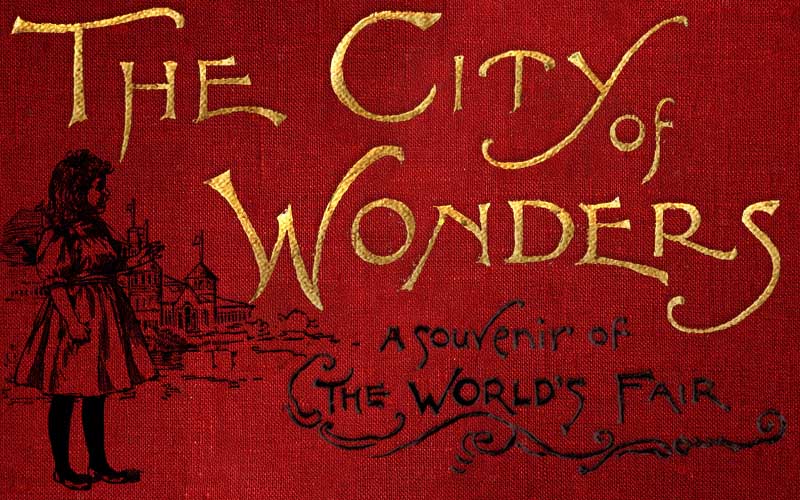
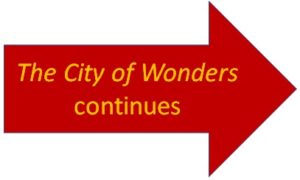
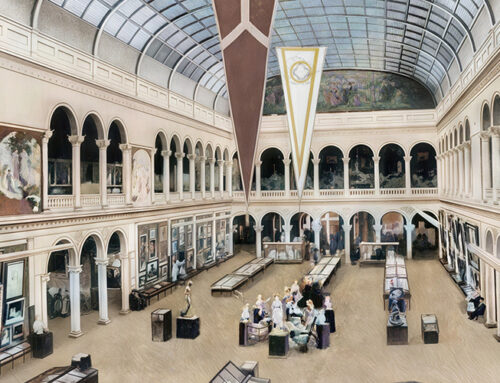
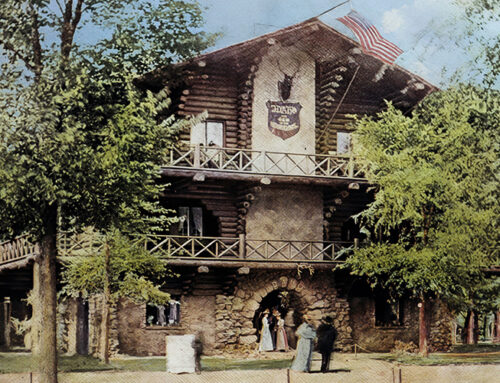
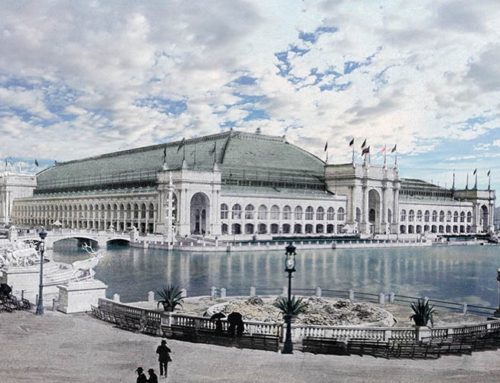
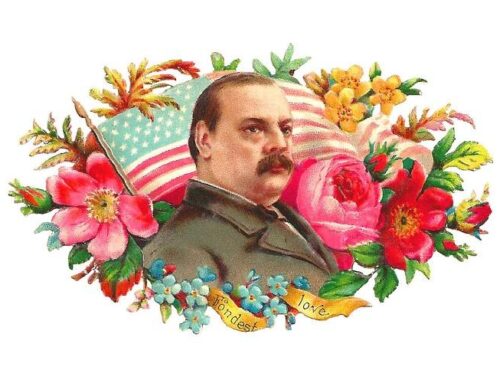
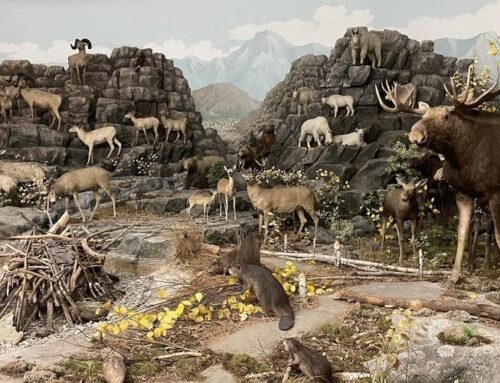
Leave A Comment